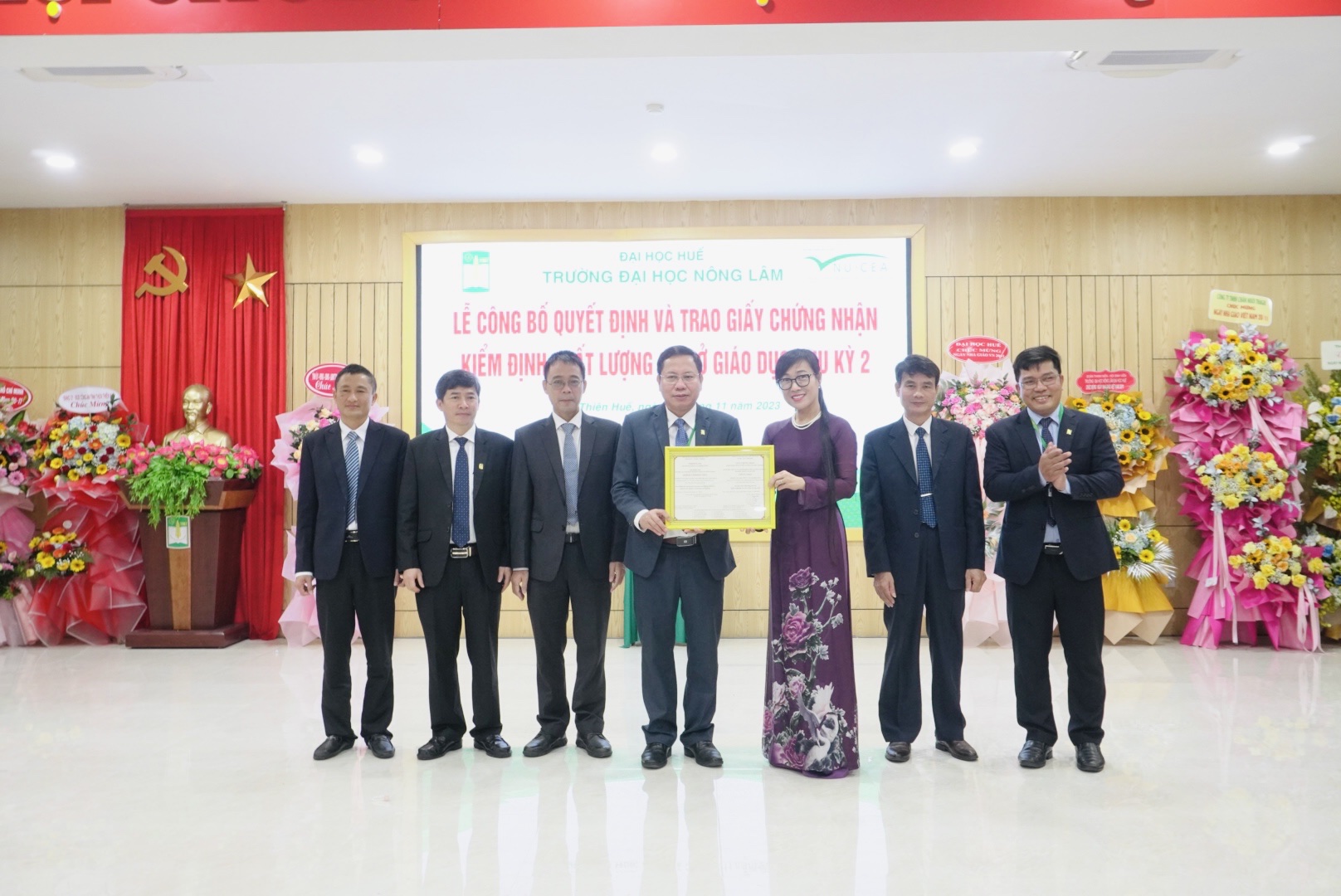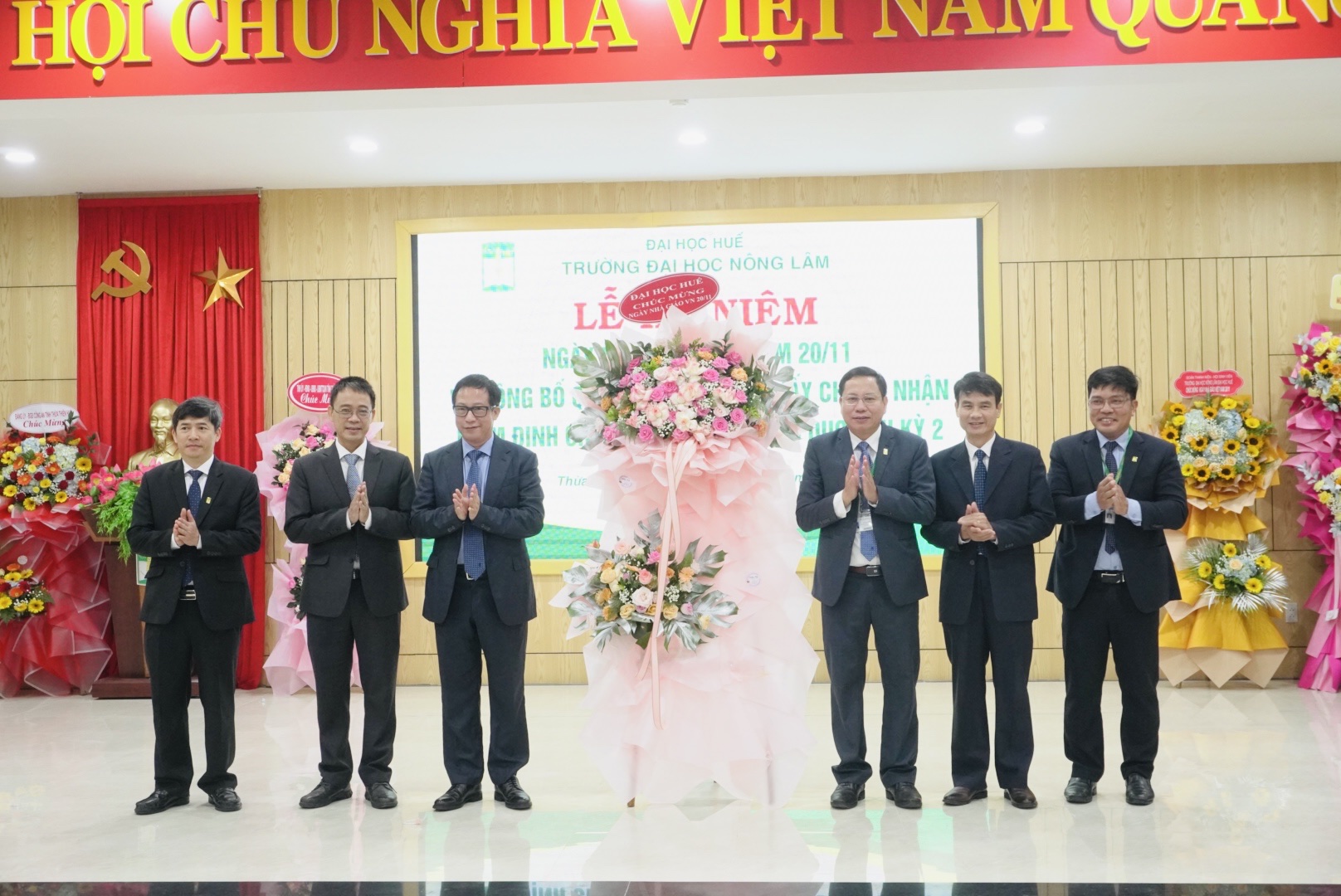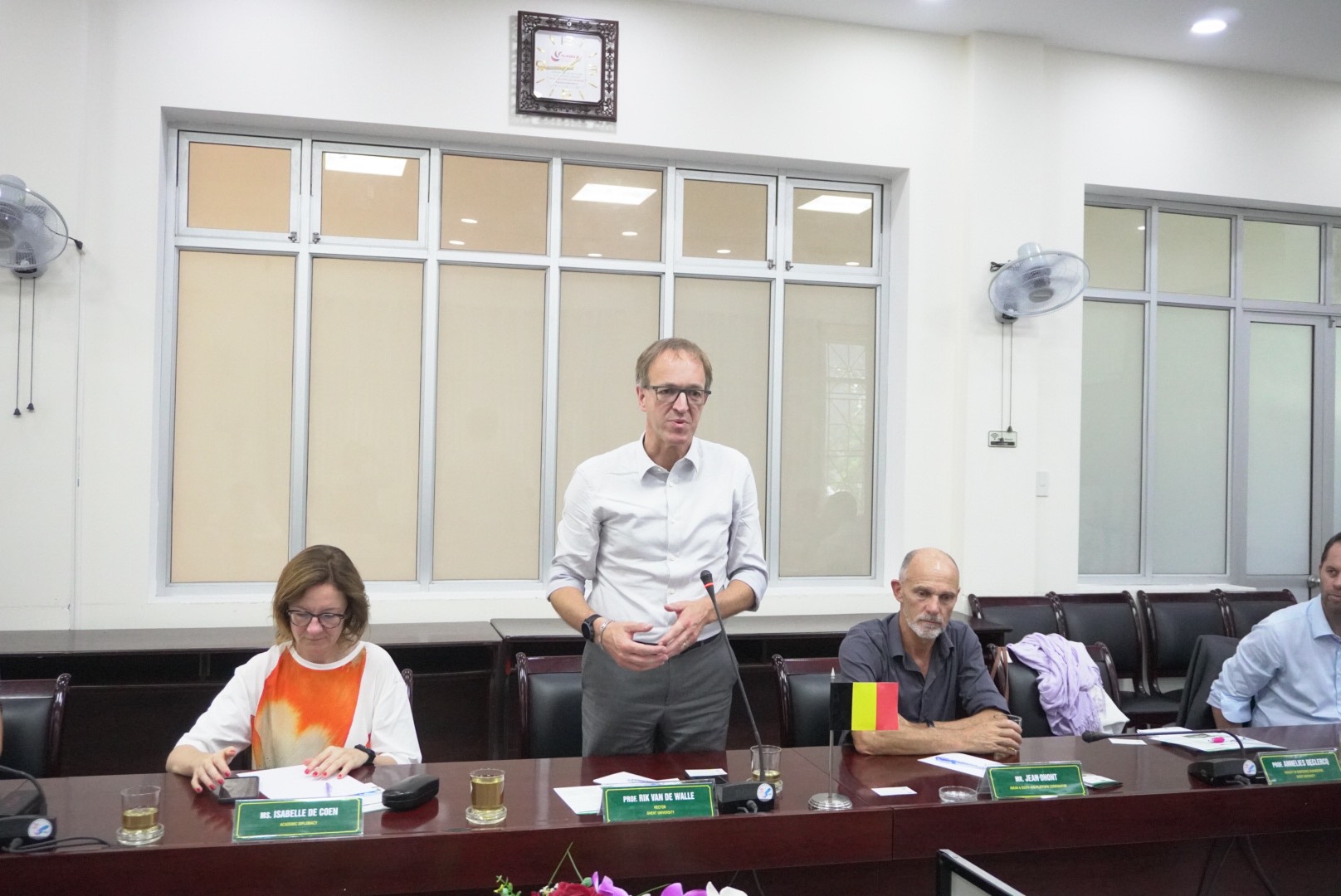Tên luận án: Sử dụng biochar và sắn trong chăn nuôi bò và việc giảm thải khí Mê tan ở Lào .
Ngành: Chăn nuôi
Mã số: 9620105
Họ và tên NCS: Bounthavy Vongkhamchanh
Người hướng dẫn:
1. PGS.TS. Lê Văn An
2. TS. Dương Thanh Hải
Đơn vị đào tạo: Cổng game tài xỉu quốc tế
, Đại học Huế
ĐÓNG GÓP MỚI
Mục đích của nghiên cứu này nhằm giá hiệu quả sử dụng sắn, một loại nông sản phổ biến trong sản xuất nông nghiệp ở Lào, kết hợp sử dụng biochar trong khẩu phần ăn đến quá trình giảm thải khí mê tan trong dạ cỏ và sử dụng kết hợp trong vỗ béo bò vàng địa phương.
Luận án bao gồm năm thí nghiệm. Thí nghiệm I và II khảo sát sự sản sinh tổng lượng khí và khí mê tan trong quá trình lên men dạ cỏ bằng phương pháp in-vitro. Thí nghiệm III, IV và V nghiên cứu khả năng sinh trưởng của bò vàng địa phương được nuôi bằng sắn, biochar, bã bia và cỏ voi. Nghiên cứu này là một trong những nghiên cứu đầu tiên ở Lào về việc sử dụng các nguồn thức ăn sẵn có tại địa phương để giải quyết các vấn đề về quá trình lên men trong dạ cỏ, phát thải khí mê-tan và sinh trưởng của bò vàng địa phương.
Kết quả của nghiên cứu này đã chỉ ra rằng có thể được sử dụng củ sắn như một nguồn thức ăn giàu năng lượng; bã bia, lá sắn khô và urê làm nguồn thức ăn giàu protein thô; và rơm rạ, cỏ voi làm nguồn thức ăn giàu chất xơ để vỗ béo bò vàng địa phương ở CHDCND Lào một cách hiệu quả và thực tế. Việc áp dụng 1% biochar trong khẩu phần đã cải thiện khả năng tăng trọng và giảm thiểu phát thải khí mê-tan trong chăn nuôi bò.
Nghiên cứu này có thể hỗ trợ các nhà nghiên cứu áp dụng các phương pháp luận và kết quả thử nghiệm cho các nghiên cứu trong tương lai.
——————————————-
Dissertation title: Uses of biochar and cassava for cattle production and methane reduction in Lao PDR.
Major: Animal Sciences
Code: 9620105
Author name: Bounthavy Vongkhamchanh
Supervisors:
- Associate Professor Dr. Le Van An
- Dr. Duong Thanh Hai
Institutions: University of Agriculture and Forestry, Hue University
Contribution of the dissertation
The aims of the experiments were to evaluate the efficacy of using cassava root, leaves and by-products as feed source for local yellow cattle in Laos and to determine the appropriate levels of cassava and its’ processing as cassava-based diets with biochar as an additive for improving the daily live weight gain of local yellow cattle and reducing methane emissions in eructed gas from the rumen fermentation.
The dissertation consists of five experiments. Experiments I and II investigated on gas and methane production in an in vitro rumen fermentation. Experiments III, IV and V explored the growth performance of local yellow cattle fed by cassava, biochar, by-product of brewer grain, grasses. These studies are the first series and first scientific information in Laos on utilization of locally available feed resources to deal with rumen fermentation, methane emissions and growth performance of cattle.
The results of this study were indicated that cassava root can be utilized as a source of energy; by-product of brewer grain, dried cassava foliage and urea as source of crude protein; and rice straw, elephant grass as fiber source for effectively fattening local yellow cattle in Laos PDR. The application of 1 % biochar in diets has a positive indication to improve the live weight gain and to mitigate methane emission of cattle production.
This study may support for researchers to apply the methodologies and results of experiment for future studies.











